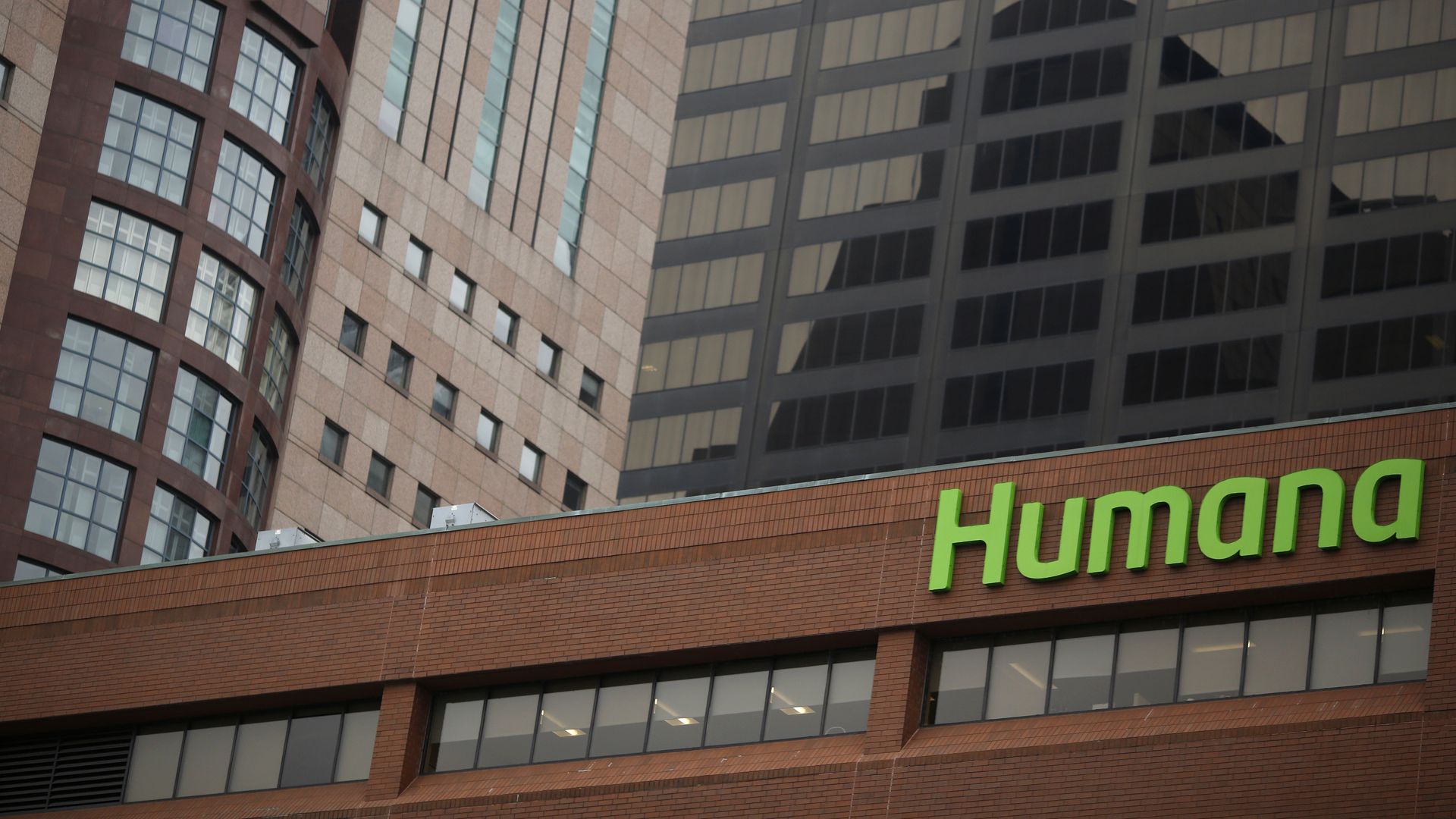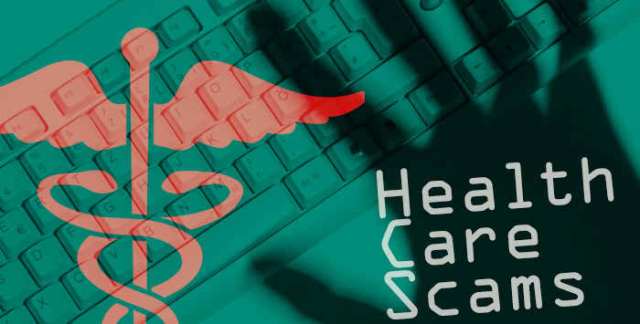
Two massive megamergers in CVS-Aetna and Cigna-Express Scripts dominated the conversation around mergers and acquisitions in healthcare.
Whether you think the mergers will help or hurt consumers, both deals have sparked a distinct shift across the industry as competitors search for ways to keep pace. It also frames 2019 as the year in which five big vertically integrated insurers in CVS, UnitedHealth, Cigna, Anthem and Humana begin to take shape.
Combined, the mergers totaled nearly $140 billion.
Both CVS and Cigna closed their transactions in the fourth quarter with promises that their new combined companies would “transform” the industry. Unquestionably, it’s already triggered some response from other players. Whether those companies can make good on their promises to improve care for consumers remains to be seen, and the payoff may not come for several years, as 2019 is likely to be a year of initial integration.
While CVS and Cigna hogged most of the spotlight, several other notable transactions across the payer sector could have smaller but similarly important consequences going forward.
WellCare acquires Meridian Health Plans for $2.5B
In May, WellCare picked up Illinois-based Meridian Health Plans for $2.5 billion, acquiring a company with an established Medicaid footprint with 1.1 million members. The deal boosted WellCare’s membership by 26%.
But the transaction also thrust WellCare back onto the ACA exchanges. Meridian has 6,000 marketplace members in Michigan.
Importantly, the acquisition gave WellCare a new pharmacy benefit manager in Meridian Rx. CEO Kenneth Burdick said it would provide “additional insight into changing pharmacy costs and improving quality through the integration of pharmacy and medical care.”
WellCare also makes out on CVS-Aetna transaction
WellCare was also a beneficiary of the CVS-Aetna deal after the Department of Justice required Aetna to sell off its Part D business in order to complete its merger.
The deal adds 2.2 million Part D members to WellCare, tripling its existing footprint of 1.1 million.
Humana goes after post-acute care
2018 was the year of post-acute care acquisitions for Humana. The insurer partnered with two private equity firms to buy Kindred Healthcare for $4.1 billion in a deal that was first announced last year. It used a similar purchase arrangement to invest in hospice provider Curo Health Service in a $1.4 billion deal.
Both acquisitions give Humana equity stake in the companies, with room to make further investments down the road. Kindred, in particular, is expected to further Humana’s focus on data analytics, digital tools and information sharing and improve the continuity of care for patients even after they leave the hospital.
Not to be outdone, rival Anthem also closed its purchase of Aspire Health, one of the country’s largest community-based palliative care providers.
UnitedHealth keeps quietly buying up providers, pharmacies
With ample reserves, UnitedHealth is always in the mix when it comes to acquisitions. This year was no different. The insurance giant snapped up several provider organizations to add to its OptumHealth arm. In June, it was one of two buyers of hospital staffing company Sound Inpatient Physicians Holdings for $2.2 billion. It also bought out Seattle-based Polyclinic for an undisclosed sum. The physician practice has remained staunchly independent for more than a century.
Most notably, UnitedHealth is still in the process of closing its acquisition of DaVita Medical Group. DaVita recently dropped the price of that deal from $4.9 billion to $4.3 billion in an effort to speed up Federal Trade Commission approval.
The Minnesota-based insurer is also clearly interested in specialty pharmacies to supplement its PBM OptumRx. UnitedHealth bought Genoa Healthcare in September, adding 435 new pharmacies under its umbrella. Shortly after, it bought up Avella Specialty Pharmacy, a specialty pharmacy that also offers telepsychiatry services and medication management for behavioral health patients.
Centene invests in a tech-forward PBM
Perhaps in an effort to keep pace with Cigna and CVS, Centene has made smaller scale moves in the PBM space, investing in RxAdvance, a PBM launched by former Apple CEO John Sculley. Following an initial investment in March, Centene sunk another $50 million into the company in October and then announced plans to roll the solution out nationally. Notably, CEO Michael Neidorff has said he is pushing the PBM to move away from rebates and toward a model that relies on net pricing.
“You talk about ultimate transparency—that gets us there,” he said recently.



